As others have answered already, k-means requires prior information about the count of clusters. This may appear to be not very helpful at the start. But, I will cite the following scenario which I worked with and found to be very helpful.
Color segmentation
Think of a picture with 3 channels of information. (Red, Green Blue) You want to quantize the colors into 20 different bands for the purpose of dimensional reduction. We call this as vector quantization.
Every pixel is a 3 dimensional vector with Red, Green and Blue components. If the image is 100 pixels by 100 pixels then you have 10,000 vectors.
R,G,B
128,100,20
120,9,30
255,255,255
128,100,20
120,9,30
.
.
.
Depending on the type of analysis you intend to perform, you may not need all the R,G,B values. It might be simpler to deal with an ordinal representation.
In the above example, the RGB values might be assigned a flat integral representation
R,G,B
128,100,20 => 1
120,9,30 => 2
255,255,255=> 3
128,100,20 => 1
120,9,30 => 2
You run the k-Means algorithm on these 10,000 vectors and specify 20 clusters. Result - you have reduced your image colors to 20 broad buckets. Obviously some information is lost. However, the intuition for this loss being acceptable is that when the human eyes is gazing out over a patch of green meadow, we are unlikely to register all the 16 million RGB colours.
YouTube video
https://www.youtube.com/watch?v=yR7k19YBqiw
I have embedded key pictures from this video for your understanding. Attention! I am not the author of this video.
Original image

After segmentation using K means


